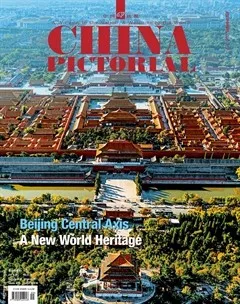Cangzhou Canal to the Sea
Cangzhou (literally,“Seaside Prefecture”), a city in northern China’s Hebei Province, derived its name from its geographical location near the Bohai Sea in the east. About 216 kilometers of the Grand Canal run through Cangzhou, making it the city with the longest section of the canal in China. The canal flows through the city proper of Cangzhou, and locals call it the “mother river.”
The Cangzhou section of the Grand Canal can be traced back to the late Eastern Han Dynasty(25-220), when it was dug primarily to transport military supplies and troops. In the Sui (581-618) and Tang (618-907) dynasties, the canal began to be used to transport grain, salt, and aquatic products from Cangzhou, significantly accelerating the development of local agriculture. After the Yuan Dynasty (1271-1368), the Beijing-Hangzhou Grand Canal was completely opened to traffic, making it an artery for water transportation between northern and southern China. During the Yongle reign (1403-1424) of the Ming Dynasty (1368-1644), products from major southern cities were first transported to Cangzhou via the Grand Canal and then distributed to nearby cities. Meanwhile, the salt, grain, and textiles produced in Cangzhou were shipped elsewhere, bringing unprecedented prosperity to the city.
However, because the Grand Canal is elevated above ground as it flows through Cangzhou, locals suffered frequent floods in ancient times. This also changed the way of living of Cangzhou people. Most residences on the embankments of the canal in the city featured flat roofs, and local weavers hung their looms on the trees. When floods occurred, people and livestock could seek temporary shelter on the flat roofs of their houses, and the looms would be saved by the trees, thus reducing economic losses.
Cangzhou is also known as the “Lion City.” There is an iron lion with its eyes and mouth wide open in a striding posture in the southeastern suburb of the city. Cast in 953 during the Later Zhou Dynasty (951-960), the iron lion is 3.8 meters tall and about 30 tons heavy, making it the largest and oldest iron lion in the world.
Local adoration of the iron lion was also associated with the floods. Legend holds that once, an evil dragon sought to seize Cangzhou to expand its palace. So, he stirred up a horrible flood to kill the people living there. But, a reddish male lion appeared on the coast and fought the dragon. Eventually, the evil dragon was defeated and retreated to the sea. To honor the lion, locals built the iron lion where he fought the dragon and named it“Zhenhaihou” (literally “Subduing the Sea with a Roar”).
To reduce potential floods, the planners added many bends for the Cangzhou section of the Grand Canal. For example, the 94-kilometer section from the Xiejia levee in Dongguang County, Cangzhou, to the Sinusi dam in Dezhou, Shandong Province, has 88 bends. The turns function like sluices to control floods. Cangzhou also hosts several unique water conservancy projects. For example, the Xiejia levee, built of clay and sticky rice plaster, still plays a significant role in resisting floods. Through harnessing the waterways and draining floods via new channels over the past centuries, Cangzhou has gradually transformed its environmental disadvantages into advantages, ensuring local people live peaceful, affluent lives.
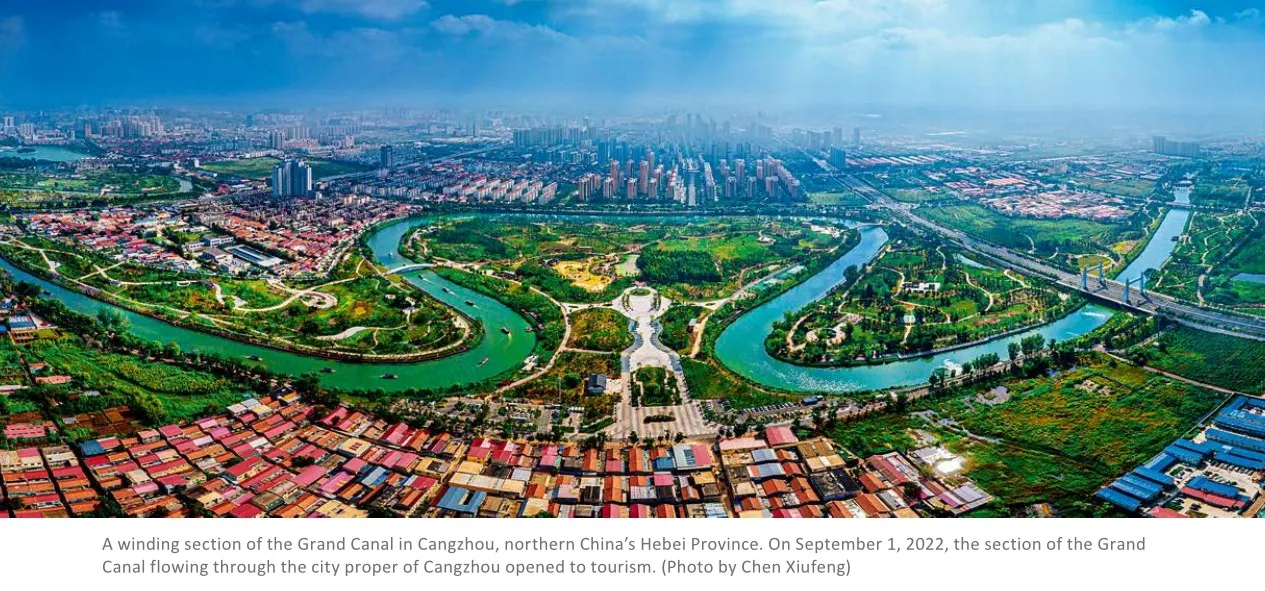
In the past, Cangzhou people developed a philosophy of life—strengthening the body through practicing martial arts—to survive in the harsh conditions. Over centuries, Cangzhou has fostered many martial arts schools and masters advocating loyalty, morality, and filial deity, which have become part of the innate personalities of local people. During the Ming and Qing(1644-1911) dynasties, thousands of martial arts practitioners from Cangzhou passed provincial and national imperial examinations for military officers. Local martial arts masters such as Wang Wu(1844-1900) remain household names for their heroic and patriotic deeds.
Alongside the trade and transport prosperity of the Grand Canal, traditional acrobatics in Cangzhou’s Wuqiao County enjoyed growing influence. Today, Wuqiao is reputed as the “cradle of world acrobatic art,” and Wuqiao acrobatics has been inscribed on the list of national intangible cultural heritage in China and become a global calling card for Cangzhou.
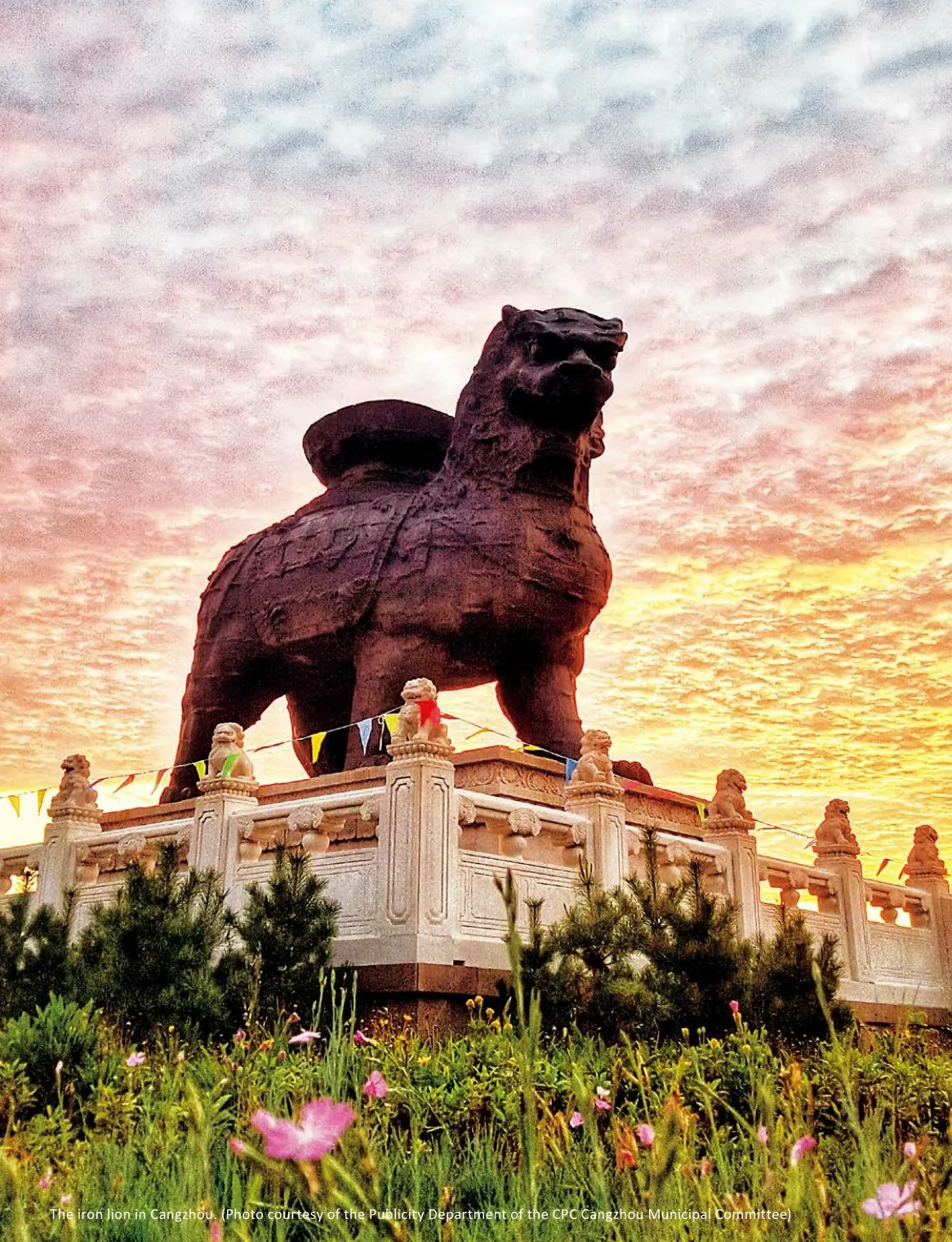
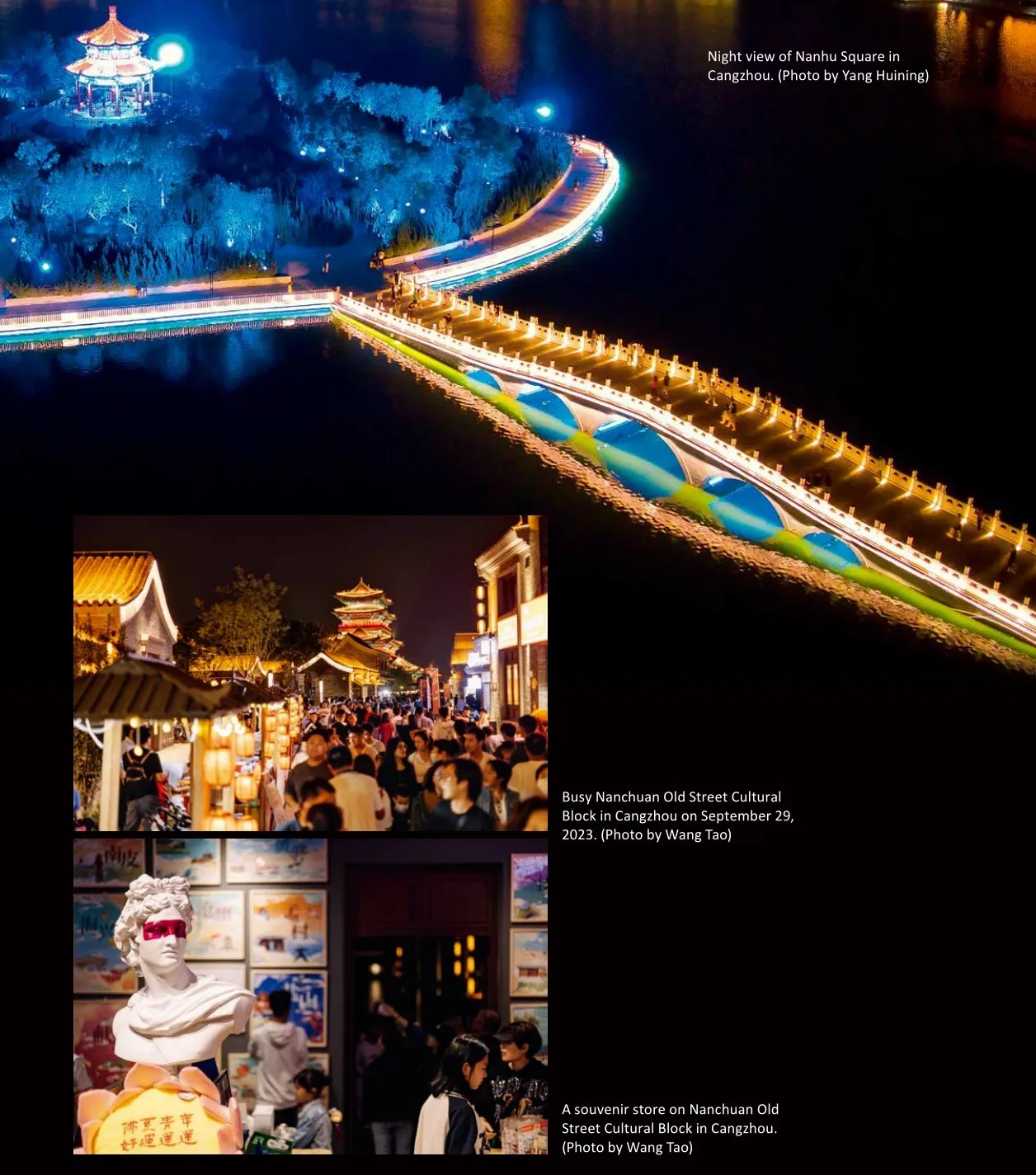
Across centuries, Cangzhou has been thriving due to its preferential location linking the sea and the land. In recent years, the city has accelerated construction of a Grand Canal culture belt that integrates ecological restoration and tourism development. Already, every section of the Grand Canal in the eight counties and districts of Cangzhou has reopened. The 13.7-kilometer section that flows through its city proper has been opened to tourism, and 15 major tourist attractions including Wuqiao Acrobatics World have been established along the Grand Canal. In addition, more than 200 villages along the canal in Cangzhou have taken on new looks featuring lush trees, beautiful scenery, and plush living conditions.
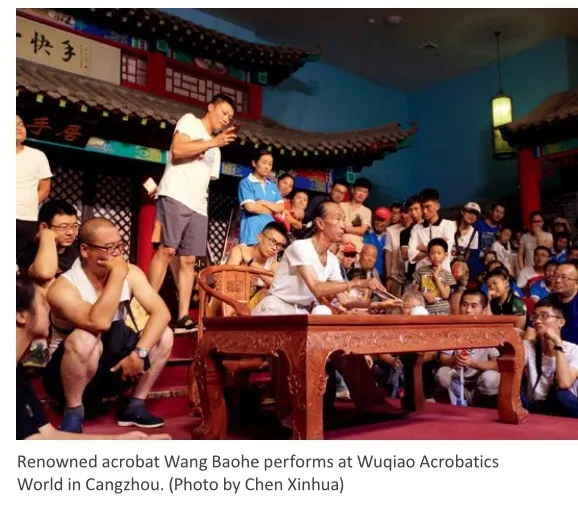
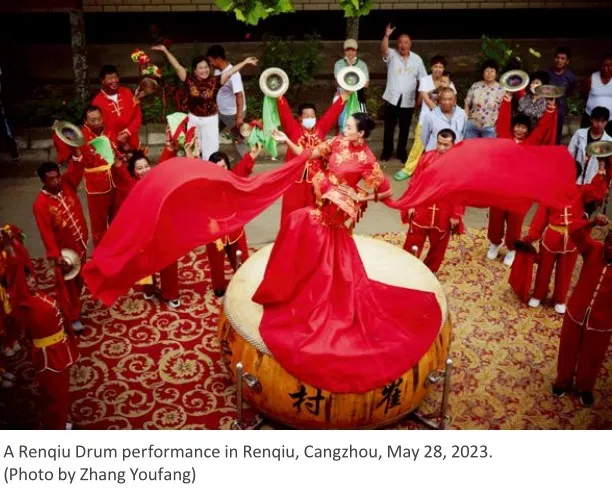
Leveraging the ports of Bohai New Area, Cangzhou is seeking opportunities for high-quality development. The city’s Huanghua Port, which used to be China’s second-largest coal harbor, has transformed into a comprehensive harbor. By the end of 2023, the port’s annual throughput had exceeded 300 million tons for four consecutive years, and the port had opened 35 shipping routes for domestic and international trade and linked to more than 200 ports in over 40 countries and regions. This has significantly improved the internationalization and spillover effect of Cangzhou’s economy.
With the continuous improvement of port functions and the increasing enhancement of its transport system, many port-vicinity industries such as green chemicals, equipment manufacturing, biomedicine, and modern logistics are gathering in Cangzhou more quickly. And deeper cooperation between Cangzhou and partner countries under the Belt and Road Initiative, including those in Central and Eastern Europe, has substantially broadened the city’s space for developing the marine economy.

